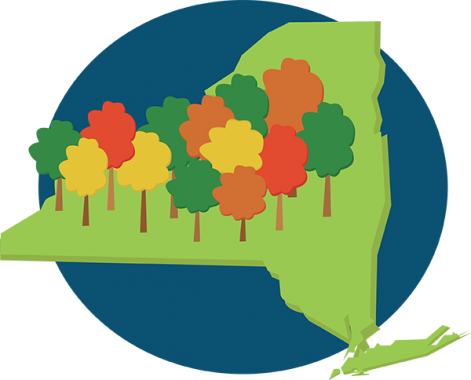“You’re too young to have a stroke!”
That’s what I’ve heard countless times since I had my first Transient Ischemic Attack (TIA), or mini stroke, at 24 years old. After suffering a second stroke-like episode at age 28, I can say firsthand that strokes do not discriminate by age. In my family, many of the women have suffered a stroke when they were young. Because of that, when I was growing up, I was taught to be aware of the signs of stroke. That may have saved my life.
Every 40 seconds
A stroke happens when the blood supply to the brain stops or when a blood vessel bursts. When the brain doesn’t have oxygen, brain cells die, resulting in disability or death. According to the CDC, a person in the United States suffers a stroke every 40 seconds. Fortunately, timely treatment can lower the risk of disability and death from a stroke. That’s why you need to get help quickly when the sudden signs of stroke appear.
I knew I needed help
It was late February 2019 and I was 28 years-old. I suddenly felt the left side of my face begin to tingle. The sensation moved down my left side to my left arm, hand, leg and foot. My symptoms came on suddenly and got worse quickly. I do also suffer from hemiplegic migraines, which can mimic a stroke, but the symptoms develop slowly over the span of a few hours. This time, I knew something was different.
Within minutes, I had extreme weakness in my left arm and leg. My face started to droop on the left side and speech became difficult. I knew I needed help. This is where knowing the symptoms of a stroke and educating my family and friends became so important.
Sudden signs of stroke
The sudden symptoms I was experiencing were characteristic symptoms of a stroke. According to the CDC, the sudden signs of stroke include:
- Numbness or weakness in the face, arm, or leg, especially on one side
- Confusion or trouble speaking
- Trouble seeing in one or both eyes
- Difficulty with walking, balance, or dizziness
- Severe headache with no known cause
When every minute counts
I was fortunate that the people who were around me recognized that I was having a stroke. They knew I had to get to the hospital as soon as possible to ensure I received the “blood clot busting” drug – Tissue Plasminogen Activator (tPA). This drug works to dissolve any clots and helps regain blood flow to the brain. Furthermore, it helps reduce the risk of longer lasting residual effects from a stroke. However, there is only a short window of time that this powerful drug can be administered.
There are several other treatment options for stroke. The recommended treatment depends on the cause of the stroke. Some strokes are treated with a mechanical device that removes or breaks up the blood clot. Other options can include controlling high blood pressure and surgery.
With any treatment, time is crucial when a stroke is suspected. Every minute counts. You, and those surrounding you, should take quick action. That’s why it was important for the people around me to move fast and for me to note the time my symptoms started.
Act F.A.S.T.
If you think someone may be having a stroke, it’s important to remember to act F.A.S.T.:
- F = Face. Ask the individual to smile. Does one side of their face droop?
- A = Arm. Ask the individual to raise both arms. Is one arm drifting down or appearing weak?
- S = Speech. Ask the individual to repeat a simple phrase. Is the speech slurred or confused?
- T = Time. Note what time the stroke symptoms first appeared. Call 9-1-1 right away.
Knowing the signs of stroke may someday save your life, or someone else’s life.
Risk factors and causes
I am lucky that I knew my family history of stroke and was taught from a young age about the signs and symptoms of stroke. It allowed me to be prepared for this situation, to educate others, and understand my risk for having a stroke. Aside from family history, your sex and race or ethnicity can also increase your risk for stroke. While a stroke can occur at any age, the risk for stroke does increase as you get older.
There are many causes of stroke. According to the CDC, the leading causes of stroke are high blood pressure, high cholesterol, smoking, diabetes, and obesity. You can help prevent a stroke by making healthy lifestyle choices like eating a healthy diet, exercising regularly, and quitting smoking.
Walking down the aisle
Doctors are still working to formally diagnose the episode I had in February. Fortunately, the quick action of those around me and the administration of the tPA helped to lessen the severity of my side effects. After my stroke, I needed in-home physical and occupational therapy. Without the tPA, the residual side effects could have been much more severe.
Now, thanks to hard work and determination, I’m walking again without the assistance of a walker or cane. Some days when I get tired, I still notice weakness on my left side. But for the most part, I am proud to say that I have made a full recovery. I’m even going to achieve my goal of walking down the aisle on my upcoming wedding day without a cane.
- Healthy Snacking Tips from a Football Party Veteran - February 2, 2022
- Why I Will Be in Line for A Flu Shot This Year - February 21, 2021
- Small Steps to Prevent Big Falls: Protecting Older Adults from Injury - February 20, 2021


